Jobs for the Future Is Building an Inclusive Digital Jobs Strategy
Opening Statement
Though digital jobs are growing and are typically quality jobs, women of all racial backgrounds, Black, Latinx, and Indigenous people, and individuals from other backgrounds who have long been underrepresented in IT find it challenging to enter and advance in the industry.
The Need
Despite job market fluctuations, demand for skilled workers in IT occupations has remained relatively stable, with the Bureau of Labor Statistics (BLS) projecting continuing growth through 2031. Digital jobs are found across all sectors of the economy. Digital skills provide a career pathway into middle- and high-skill jobs; however, the vast majority of roles still call for a four-year degree. Further, the complex credentialing landscape makes it difficult for learners, workers, and employers to identify which credentials best support entry and advancement within the sector.
What Are Digital Jobs?
Based on prior work in the field, as well as analysis of labor market data, Jobs for the Future (JFF) developed the following definition to help guide and structure the focus on digital jobs:
Digital jobs are defined roles in which people who have IT expertise provide services to individuals and organizations to help them build, maintain, or upgrade computer systems, networks, or software, with an emphasis on cloud computing, big data, and cybersecurity.
To help categorize the roles in the field, JFF defined six digital job categories:
-
Data Management and Analysis

Encompasses data-focused roles across industries, many of which are in health care, such as medical records specialists -
Design

Includes graphic designers, the most common role in this category, as well as animators and special effects artists -
Networking

Comprises roles responsible for organizational connectivity and data networks, ranging from support specialists to administrators and architects -
Programming and Development

Covers the largest number of workers across the six categories, including software developers, web developers, and programmers -
Support

Includes user support specialists as well as computer repairers -
Crosscutting

Accounts for the interrelated nature of many jobs, including many cybersecurity roles, project management positions, and business operations specialists
Why Digital Jobs?
The current labor market has high demand for digital skills across all industries and businesses, regardless of size. Digital jobs are anticipated to maintain steady growth; specifically, IT occupations are projected to grow 15% nationwide through 2031 and add 682,800 jobs, according to BLS. Burning Glass Technologies and Oracle Academy report that 90% of all IT jobs are within non-tech industries. On average, individuals with IT skills earn 600%, or roughly $4.4 million, more throughout their lifetime than a worker receiving minimum wage without IT skills.
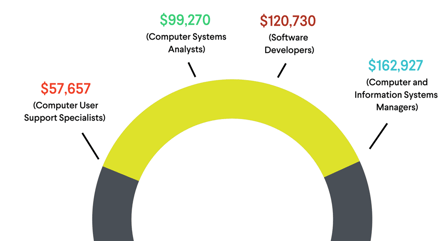
source (slide 4)
IT positions have a median annual wage ranging from $57,000 to more than $130,000, according to BLS. Not only are digital jobs typically high paying, but also workers with digital skills typically experience rapid career growth. The National Skills Coalition found that while core IT skills benefit workers regardless of sector, IT training programs that frame their skills and competencies within the context of in-demand regional industry sectors can help workers enter and advance within those industries more quickly.
The tech industry and digital jobs ecosystem more broadly offer quality jobs and represent a critical opportunity to develop sustainable and scalable tech sector strategies to advance economic equity, ensure the inclusion of populations that have faced systemic barriers in access to career opportunities, and respond to the needs of businesses and the economy.
The Case for Equity and
Inclusion Across the IT Industry
Despite the overwhelming advantages digital skills offer, many workers have not had sufficient opportunities to build such skills. Nearly one-third of U.S. workers do not have foundational digital skills, which disproportionately affects workers of color due to structural inequities.
 Within the technology sector, women and Black, Latinx, and Indigenous professionals are not represented proportionately to the U.S. population or private-sector employment figures, according to a report from the Ford Foundation and the Kapor Center. Women make up half the population and only a quarter of the tech workforce. Black and Latinx adults are 30% of the population, yet they only account for 15% of the tech workforce.
Within the technology sector, women and Black, Latinx, and Indigenous professionals are not represented proportionately to the U.S. population or private-sector employment figures, according to a report from the Ford Foundation and the Kapor Center. Women make up half the population and only a quarter of the tech workforce. Black and Latinx adults are 30% of the population, yet they only account for 15% of the tech workforce.
The gap between workforce and tech employment grows even bigger among the top technology companies by revenue, including Apple, Facebook, and Google. Just 3% to 5% of their workforces are Black or Latinx, compared to 13% and 18% of the national workforce, according to the Bureau of Labor Statistics.
 Digital skills provide a career pathway into middle- and high-skill jobs; however, nearly 80% of roles within the IT profession request a four-year degree for employment. This degree requirement within the IT sector is a barrier to inclusion as Black, Latinx, and Indigenous workers are less likely to hold a degree than white applicants. Recently, companies are slowly shifting their hiring policies and eliminating degree requirements in an effort to broaden their applicant pool and increase diversity; notably, in 2021 IBM announced it had removed bachelor’s degree requirements for more than half of its U.S. openings.
Digital skills provide a career pathway into middle- and high-skill jobs; however, nearly 80% of roles within the IT profession request a four-year degree for employment. This degree requirement within the IT sector is a barrier to inclusion as Black, Latinx, and Indigenous workers are less likely to hold a degree than white applicants. Recently, companies are slowly shifting their hiring policies and eliminating degree requirements in an effort to broaden their applicant pool and increase diversity; notably, in 2021 IBM announced it had removed bachelor’s degree requirements for more than half of its U.S. openings.
After surveying 1,700 companies, Boston Consulting Group found a “strong and statistically significant correlation between the diversity of management teams and overall innovation.” Companies with diverse management teams averaged nine percentage points higher earnings before interest and taxes (EBIT) margins than companies with less diverse teams. Additionally, when at least one team member shares a client’s ethnicity, the team is more than two times as likely to comprehend that client’s needs than teams without someone of the same ethnicity.
Closing the digital skill divide is mutually beneficial for workers, businesses, and the economy. Gaining digital skills raises individual workers’ incomes; increasing the digital skills of employees enables businesses to innovate; and the increase in tax revenue from higher-paid workers generates tax revenue gains for local, state, and national governments.
JFF Advances Equity and Inclusion
Within the Digital Jobs Ecosystem
Increasing representation and inclusion within the IT sector is a critical step for growth and innovation. A representative workforce makes it easier to recruit individuals and reduces employee turnover. New perspectives and creative ideas improve innovation and expand market awareness, and companies with inclusive workforces enjoy better overall financial performance.
Our goal: JFF seeks to advance equity by centering equity in shaping the future of digital jobs in America and identifying targeted strategies to increase the IT industry representation among Black, Latinx, and Indigenous individuals, young adults seeking to advance in the labor market, women, individuals without a bachelor’s degree, people with records, and older workers.
Through conversations with digital jobs experts, bridging our in-the-field work and grants with a macro-level analysis of the tech field and interpreting an emerging, complex, and shifting digital jobs ecosystem, JFF has identified the following digital jobs strategic priorities:
There are several common challenges when seeking to build an inclusive strategy for digital jobs workforce development. The priorities below outline the current state of the challenges as well as the systems, representation, or behavior changes a strategy should seek to achieve.
Expand Access and Inclusion
Ensure digital jobs are accessible to Black, Latinx, and Indigenous individuals, young adults seeking to advance in the labor market, women, individuals without a bachelor’s degree, people with records, and older workers

Clarify Which Skills and Credentials Matter
Identify which non-degree training programs enable workers to secure high-quality digital jobs; build transparency and awareness of what is required for advancement across learners, workers, employers, and training providers

Build Employer Commitments
Expand employers’ willingness to support skills-based hiring, offer digital skills training and work-based learning opportunities, and support advancement of incumbent workers in the field

Develop More Robust IT Career Pathway Models
Build intensive career pathway training models that embed employer partner input, local industry alignment, and robust academic and wraparound services into the program design, development, and execution in order to provide durable employment and growth opportunities for participants

There are several common challenges when seeking to build an inclusive strategy for digital jobs workforce development. The priorities below outline the current state of the challenges as well as the systems, representation, or behavior changes a strategy should seek to achieve. Click on the challenges below to see each proposed solution.
Challenge:
Digital jobs are not currently widely accessible to a wide variety of people, namely Black, Latinx, and Indigenous individuals, young adults seeking to advance in the labor market, women, individuals without a bachelor’s degree, people with records, and older workers.
SOLUTION
Expand Access and Inclusion
Ensure digital jobs are accessible to Black, Latinx, and Indigenous individuals, young adults seeking to advance in the labor market, women, individuals without a bachelor’s degree, people with records, and older workers.
Challenge:
There is little understanding of the cross-sector skills and credentials necessary for advancement opportunities within the digital jobs space. It is unclear how people progress or advance in the digital jobs space—there needs to be more transparency and awareness among employers, workers, and training providers.
SOLUTION
Develop More Robust IT Career Pathway Models
Build intensive career pathway training models that embed employer partner input, local industry alignment, and robust academic and wraparound services into the program design, development, and execution to provide participants durable employment and growth opportunities.
Challenge:
Employers are often unwilling to offer digital skills training, work-based learning, or apprenticeship opportunities to employees; they would rather hire people who already have digital skills. This is compounded by the limited opportunities or methods for advancement for people without advanced degrees in the digital jobs space.
SOLUTION
Build Employer Commitments
Expand employers’ willingness to support skills-based hiring, offer digital skills training and work-based learning opportunities, and support advancement of incumbent workers in the field.
Challenge:
Many short-term certifications or training programs focused on digital jobs do not have labor market value and/or do not lead to jobs.
SOLUTION
Clarify Which Skills and Credentials Matter
Identify which non-degree training programs enable workers to secure high-quality digital jobs; build transparency and awareness of what is required for advancement across learners, workers, employers, and training providers.
Pursuing the Solutions:
JFF’s Digital Jobs Strategy
Drawing from emerging research and practices, JFF has identified the following four key tactics that will support IT on-ramps and a robust national digital jobs strategy:

Change employer behavior:
Transform policies and practices, build capacities, and offer incentives to change the behavior of employers and employer coalitions and associations.

Conduct research and develop tools:
Build data-driven products, platforms, and tools to increase access to digital jobs.

Pilot promising regional and state approaches:
Bolster regional economic growth by implementing data-driven strategies that help jobseekers move into quality tech jobs.

Raise awareness of digital jobs:
Develop strategic communications campaign to create visibility for JFF’s digital jobs strategy and corresponding projects, disseminate research findings and promising strategies, and launch the work to a wide public audience.
Our Impact
JFF has a strong history of advancing digital jobs workforce development, with impacts in all 50 states and seven countries worldwide. As we move forward, our commitment to shaping the future of digital jobs and enhancing representation in the IT industry remains unwavering. To provide a visual representation of our reach, please refer to the maps below, which outline the locations where JFF has implemented digital jobs initiatives in the past and continues to do so presently.
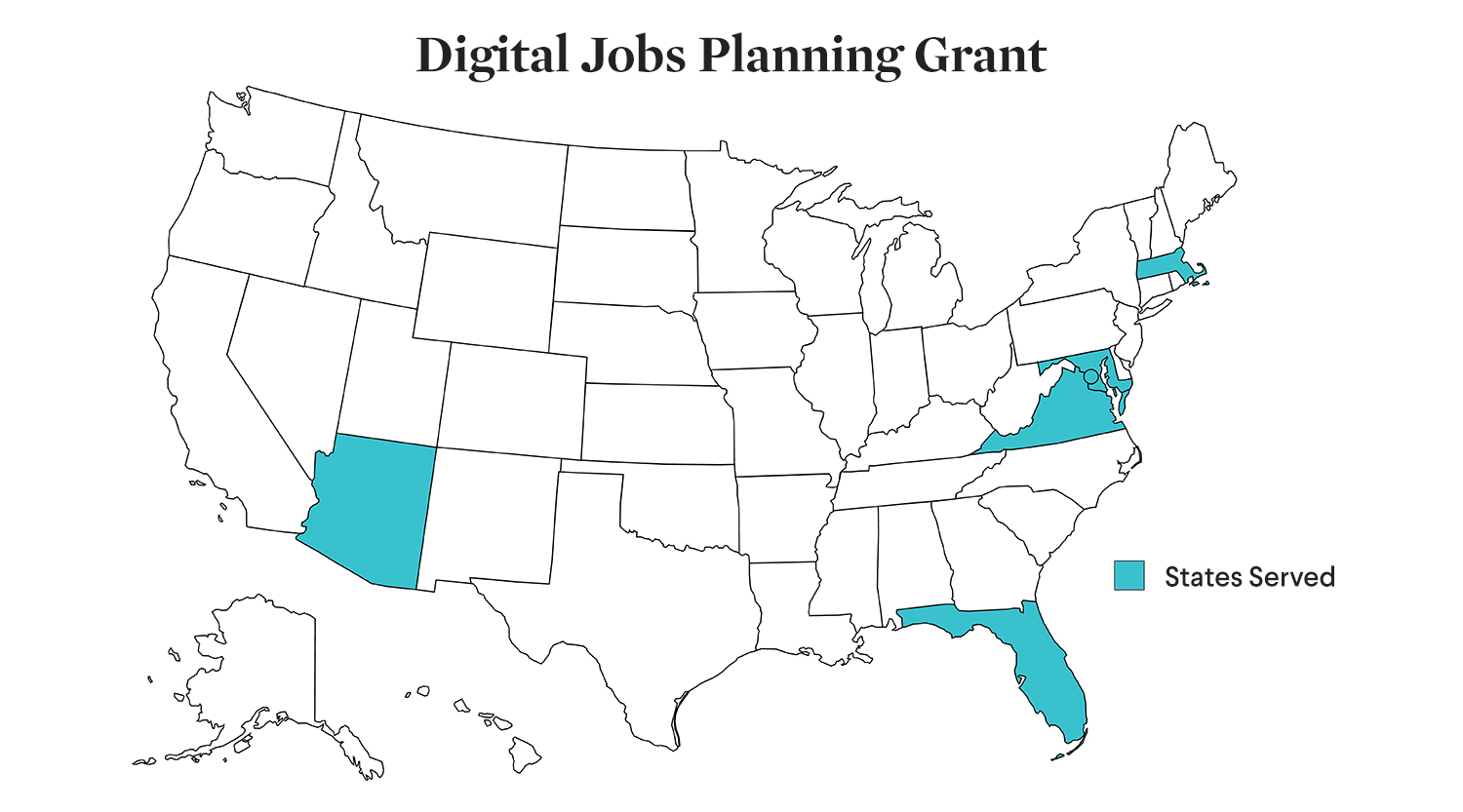

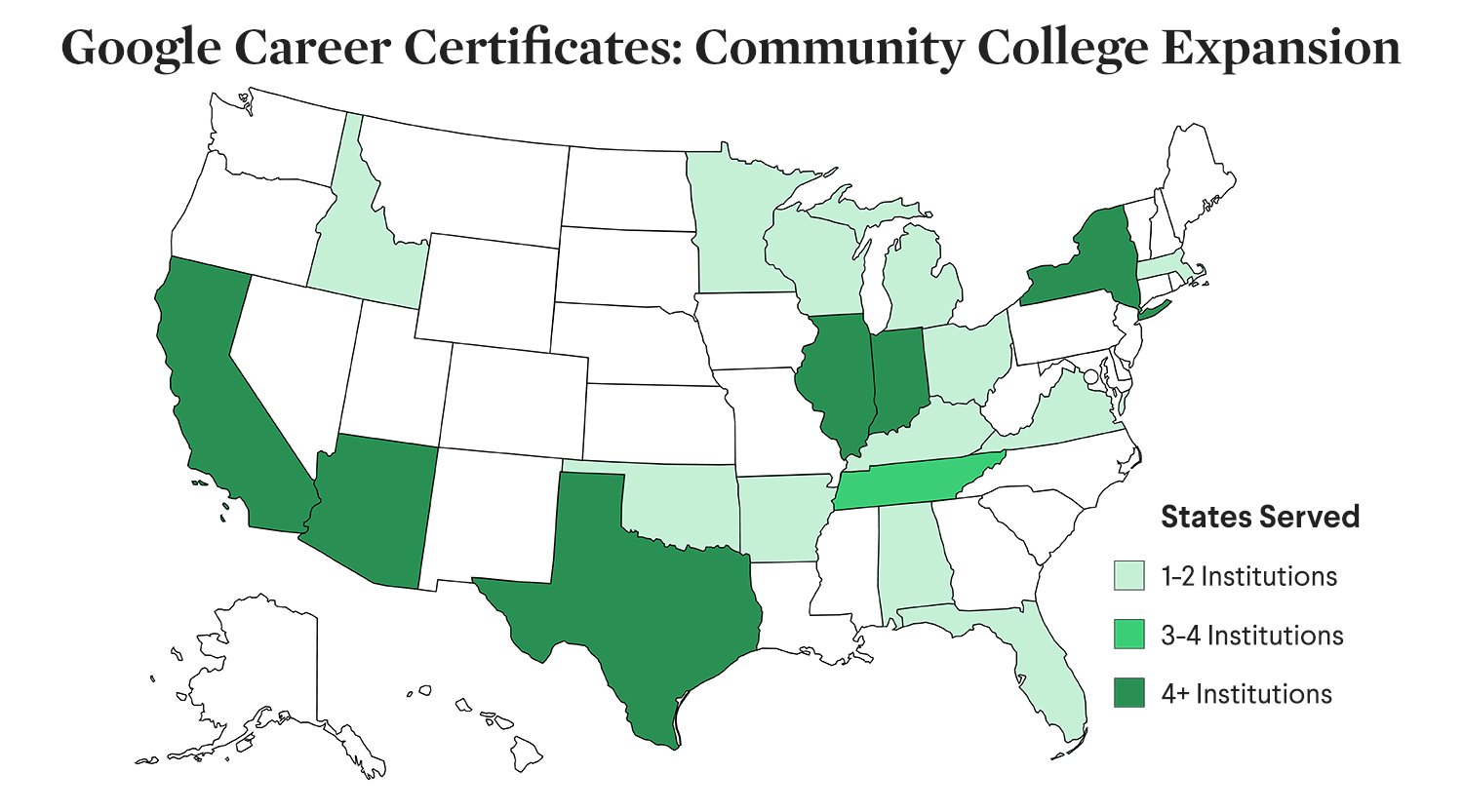
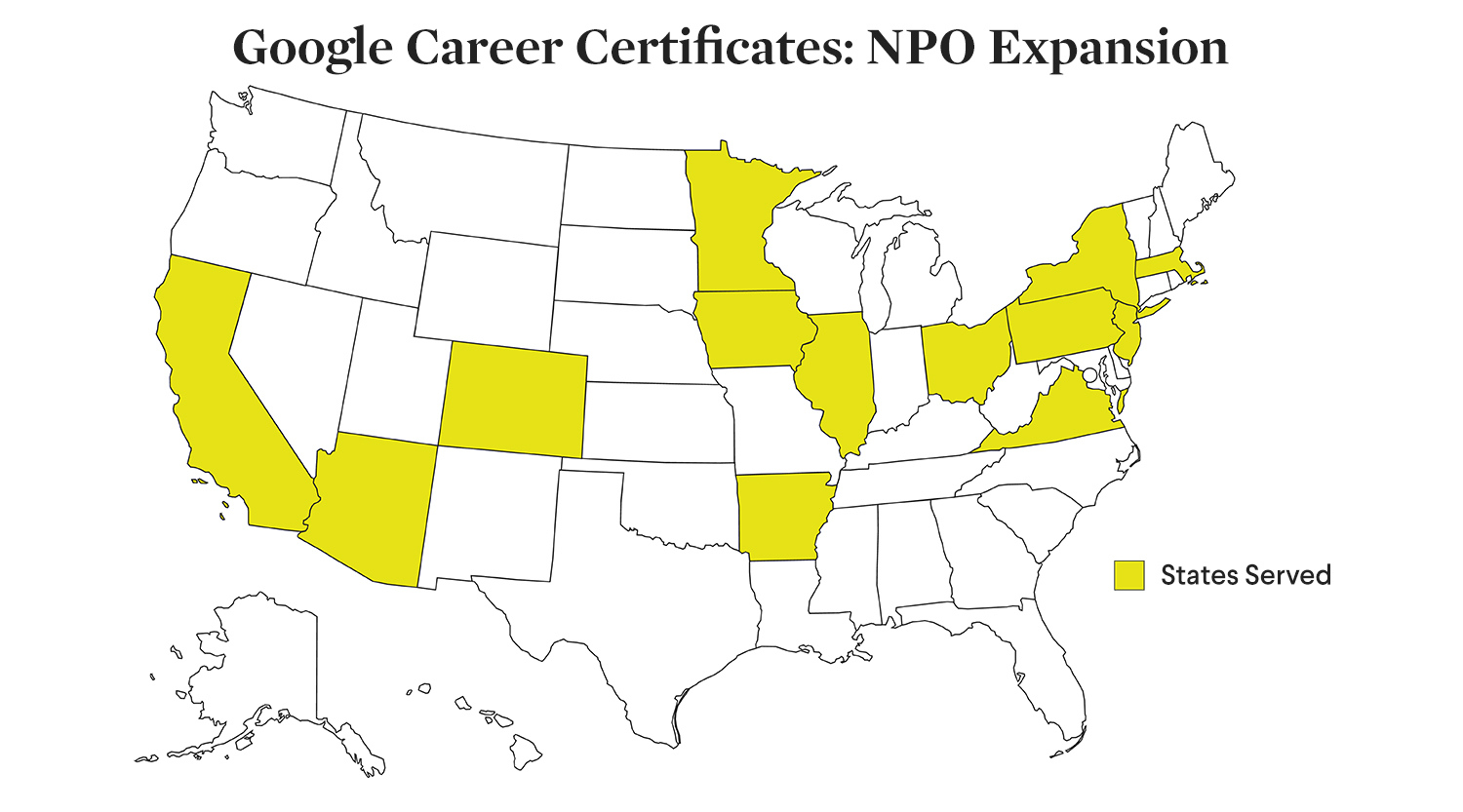
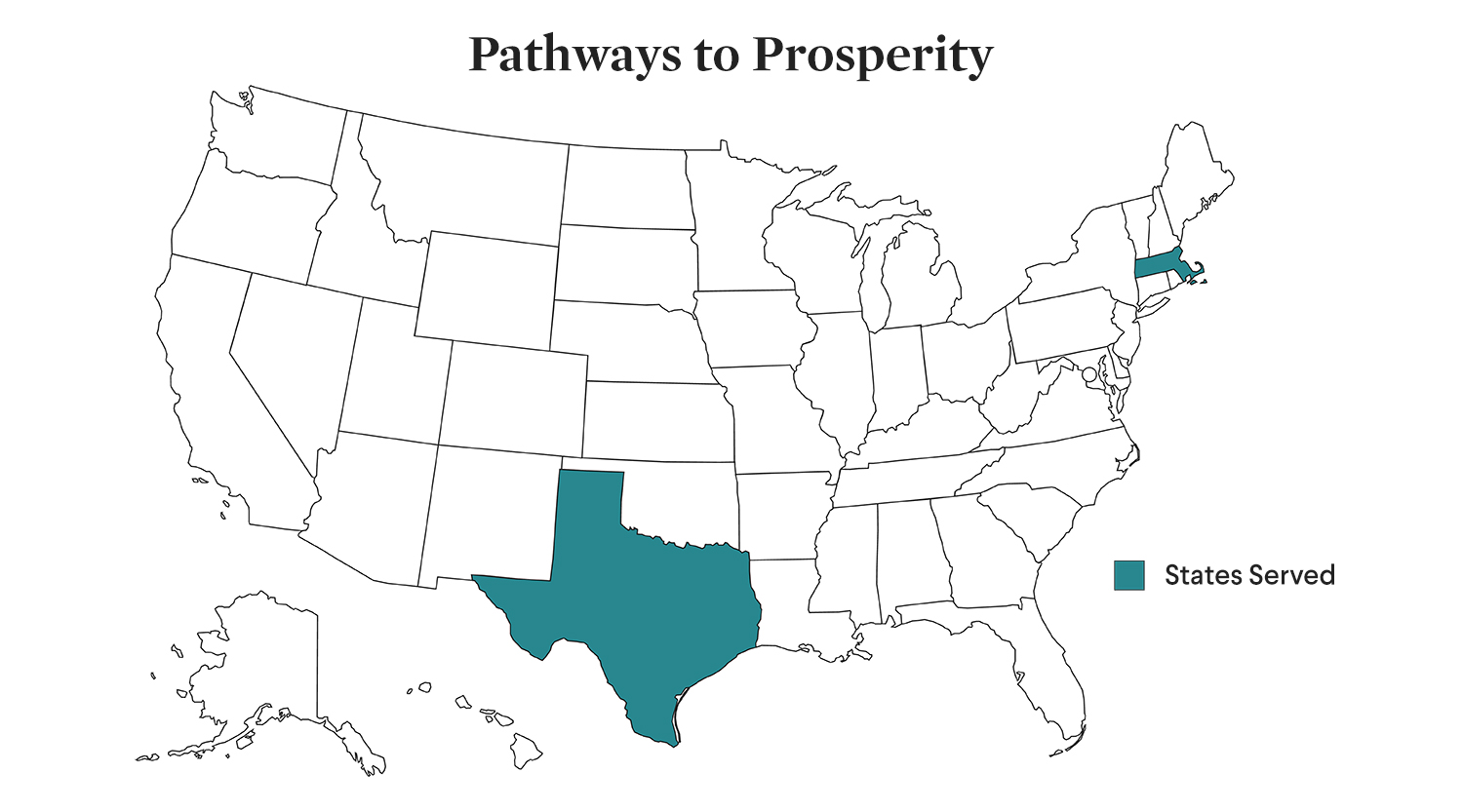
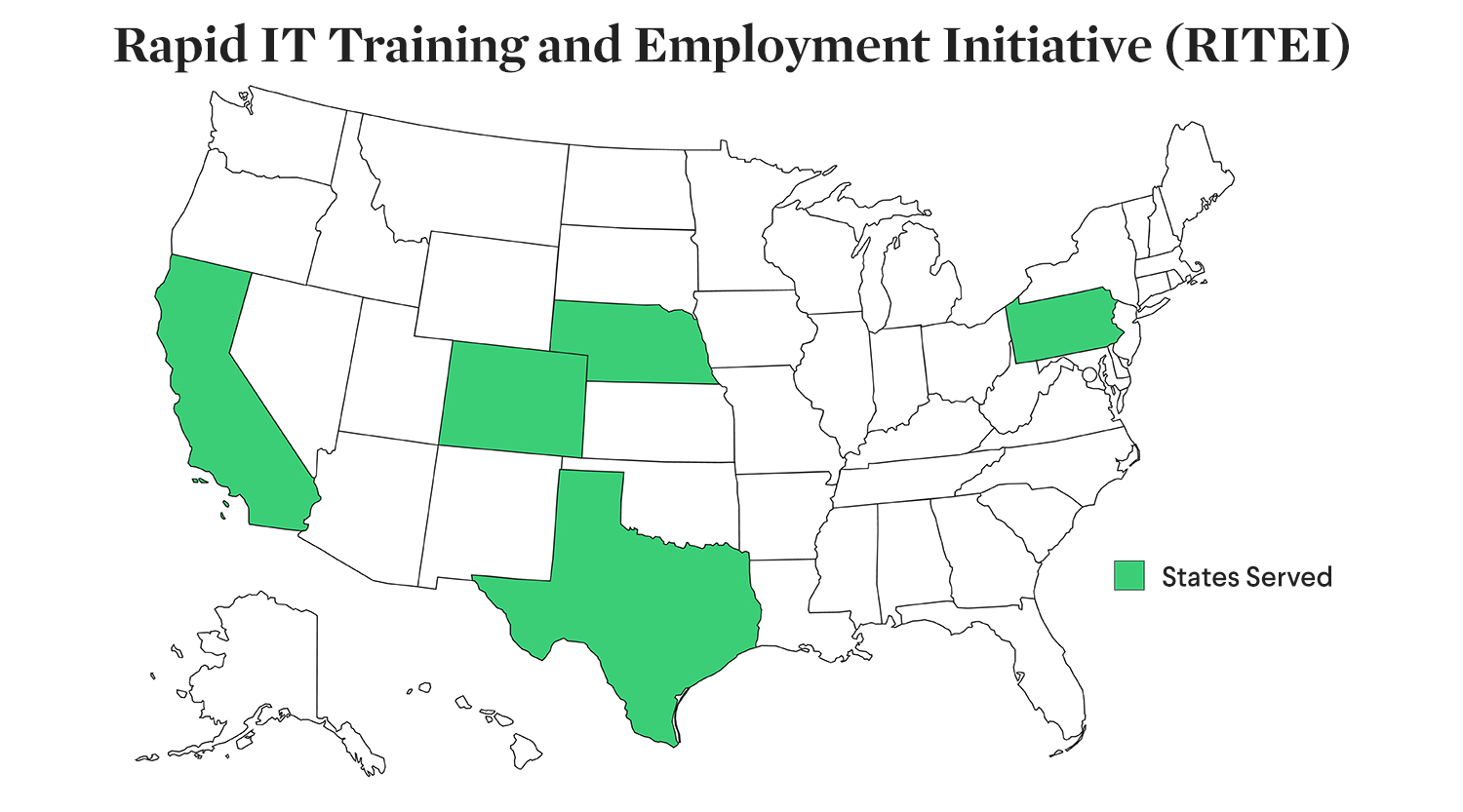

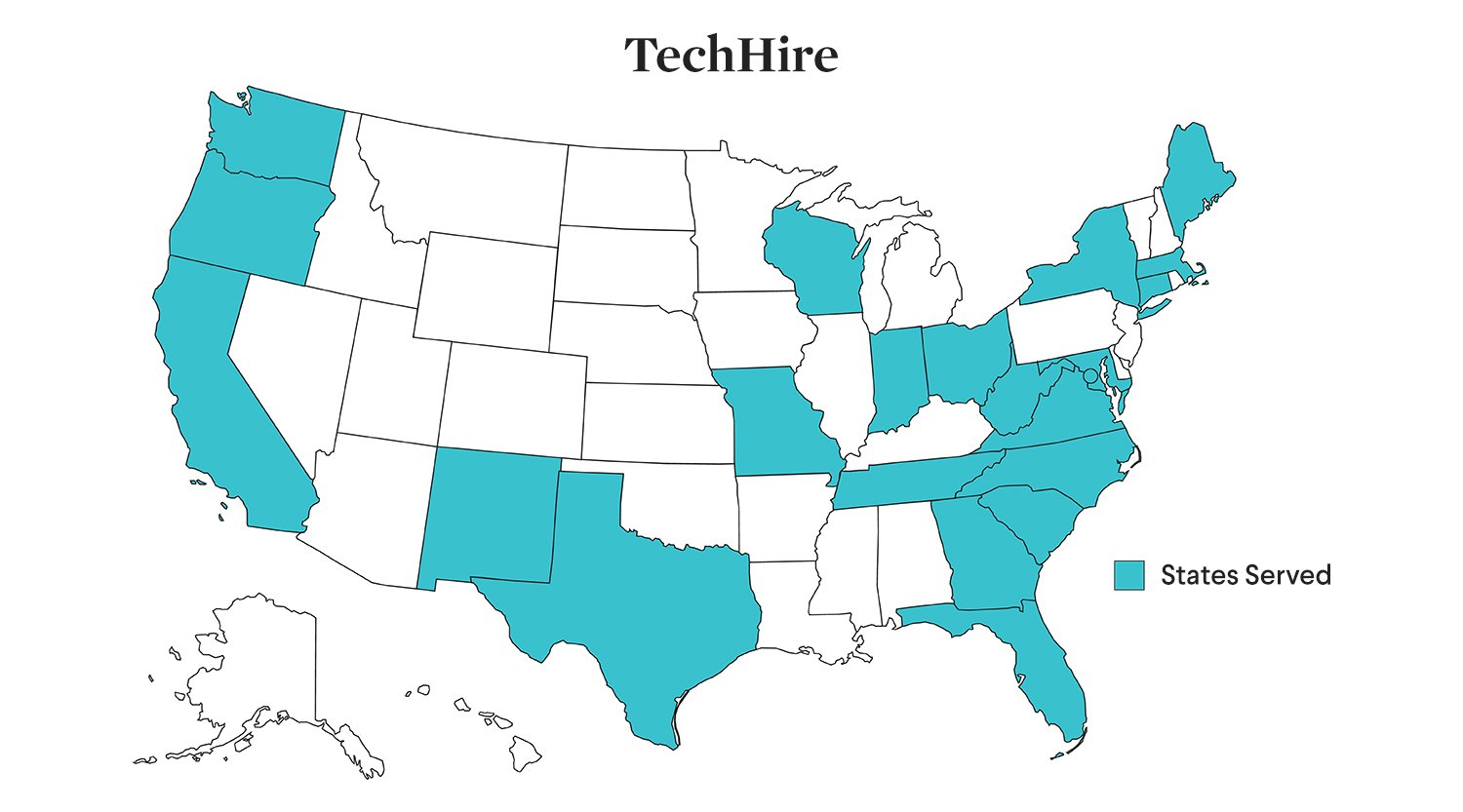
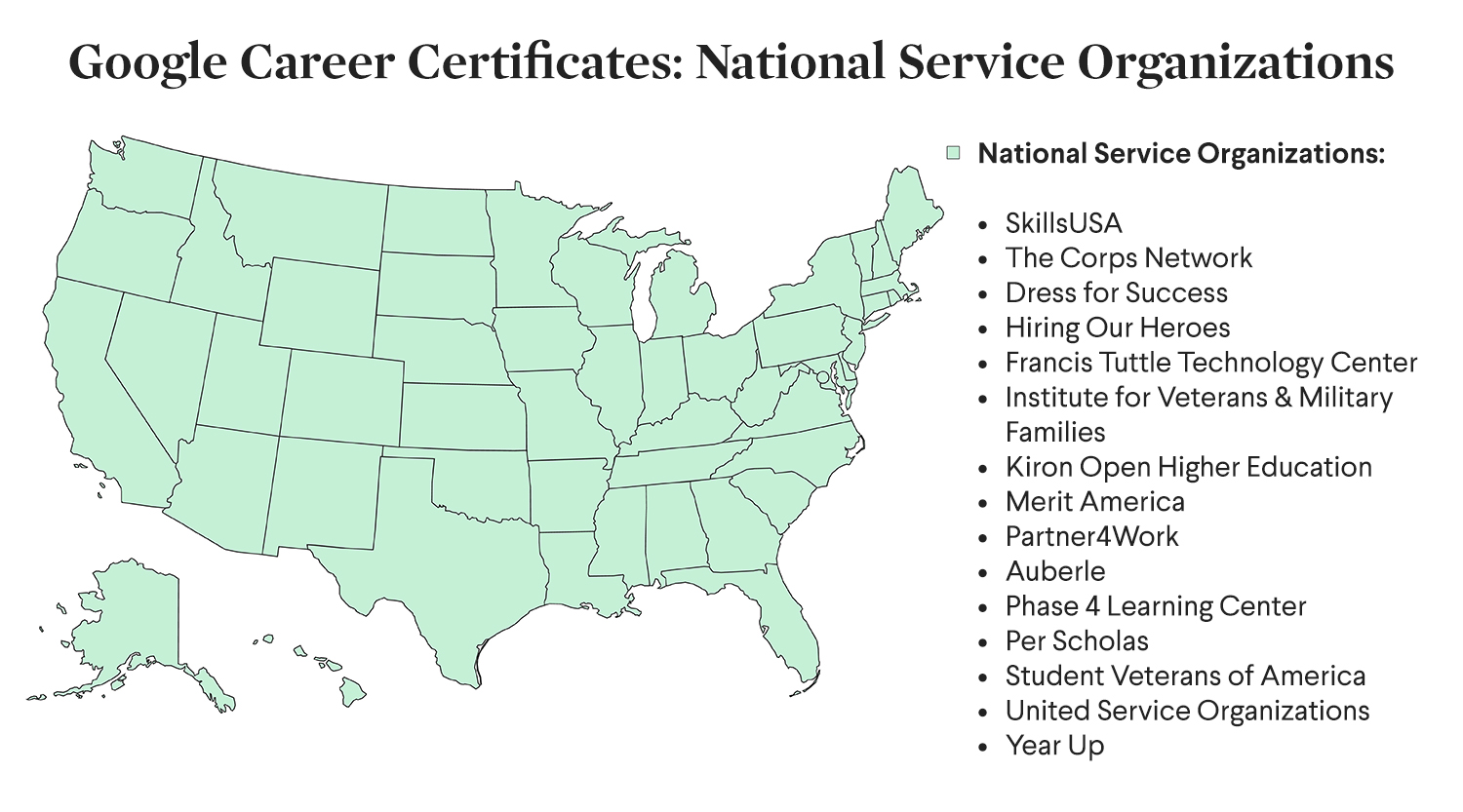
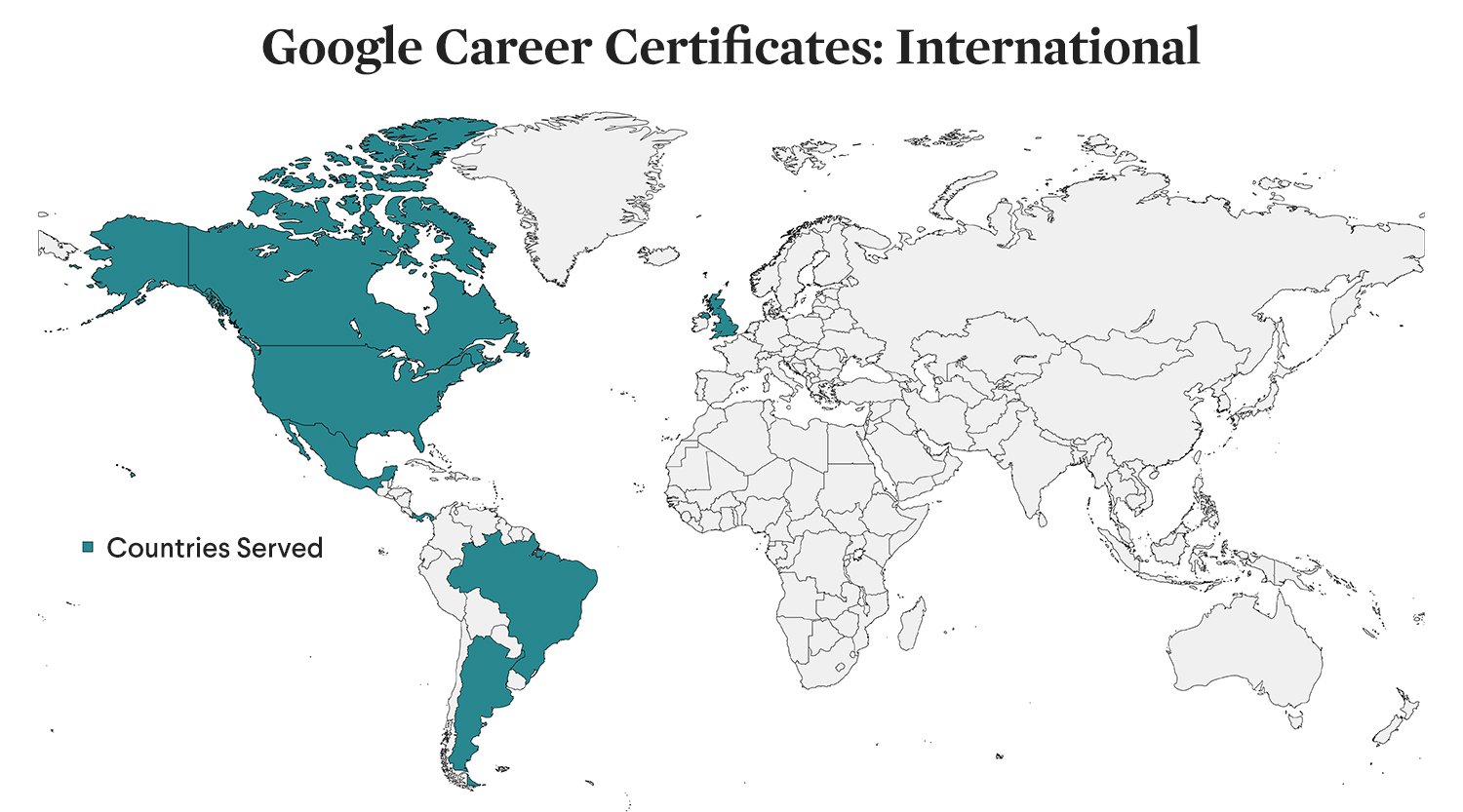
Join Us
Through various projects, JFF and its collaborators are piloting and scaling implementation models that advance digital skills and increase representation in the tech, IT, and digital industries. We’d love to have you join us in our journey to progress equity in tech, IT, and digital jobs.
JFF Digital Jobs Resources

Technical Assistance
Expanding Access to
In-Demand IT Careers

Technical Assistance
Google Public-Sector Digital Jobs Strategy

Technical Assistance
OneTen

Technical Assistance
The Bay Area Opportunity OnRamps Initiative

Technical Assistance
Scaling JFF's Back on Track Model

Corporate Collaboration
Verizon Partnership

Corporate Collaboration
Strategies for Offering Google IT Certificates at Colleges

Corporate Collaboration
JFF’s Impact Employer Model

Corporate Collaboration
Expanding On-Ramps to IT Careers Through College, Nonprofit, and Public-Sector Partnerships

Acceleration and Innovation






